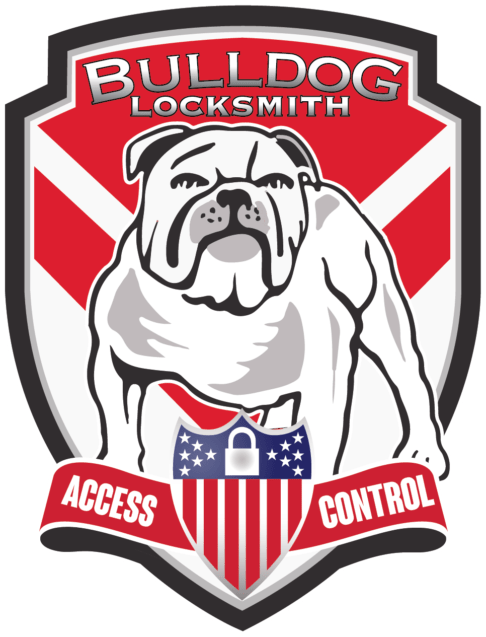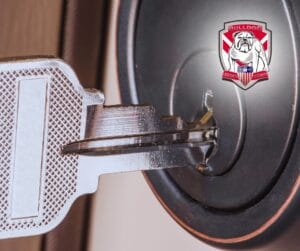Best Practices for Key Management: Securely generate, store, and handle cryptographic keys by using a key management system (KMS). Regularly rotate keys, restrict access based on least privilege, and audit key usage to ensure security and compliance.
In the realm of cybersecurity, effective key management is critical for safeguarding sensitive data. Key management involves the creation, storage, handling, and disposal of cryptographic keys, which are used to encrypt and decrypt data. Adhering to best practices in key management not only enhances data security but also ensures compliance with regulatory standards. Here, we explore the essential practices for managing cryptographic keys effectively.
Secure Key Generation
The foundation of key management begins with the generation of strong and secure cryptographic keys. Keys should be generated using cryptographically secure pseudo-random number generators (CSPRNGs) to ensure their randomness and strength. This randomness is crucial for preventing attackers from guessing or predicting key values.
Centralized Key Management System
A centralized key management system (KMS) is recommended for maintaining the integrity and security of keys. A KMS provides a secure environment for key storage and management activities, including the generation, distribution, rotation, and deletion of keys. By centralizing key management, organizations can enforce consistent security policies and reduce the risks of unauthorized access and data breaches.
Regular Key Rotation
Regular key rotation is a critical practice that limits the lifespan of keys and minimizes the impact of a potential key compromise. By regularly updating keys, organizations can ensure that even if a key is compromised, the amount of data exposed is limited. The frequency of key rotation depends on the sensitivity of the data and the organization’s risk assessment.
Least Privilege Access
Access to cryptographic keys should be strictly controlled and limited to only those individuals or systems that require it to perform their duties. Implementing least privilege access ensures that each user or system has the minimum level of access necessary, reducing the potential for accidental or malicious misuse of keys.
Audit and Monitoring
Continuous monitoring and auditing of key usage are vital for detecting and responding to unauthorized access attempts and potential security incidents. Audit logs should be maintained to record key access and usage, which can help in forensic investigations and compliance audits.
Compliance and Standards
Adhering to established cybersecurity standards and regulatory requirements is essential for key management. Standards such as the National Institute of Standards and Technology (NIST) provide guidelines for cryptographic key management, including recommendations for key lengths, algorithms, and security practices. Compliance with these standards not only enhances security but also builds trust with customers and partners.
Conclusion
Effective key management is a cornerstone of robust cybersecurity practices. By implementing secure key generation, utilizing a centralized key management system, enforcing regular key rotation, restricting access based on least privilege, and maintaining diligent audits, organizations can protect their data and comply with regulatory standards. As cyber threats continue to evolve, maintaining high standards in key management will be crucial for safeguarding sensitive information in the digital age.











